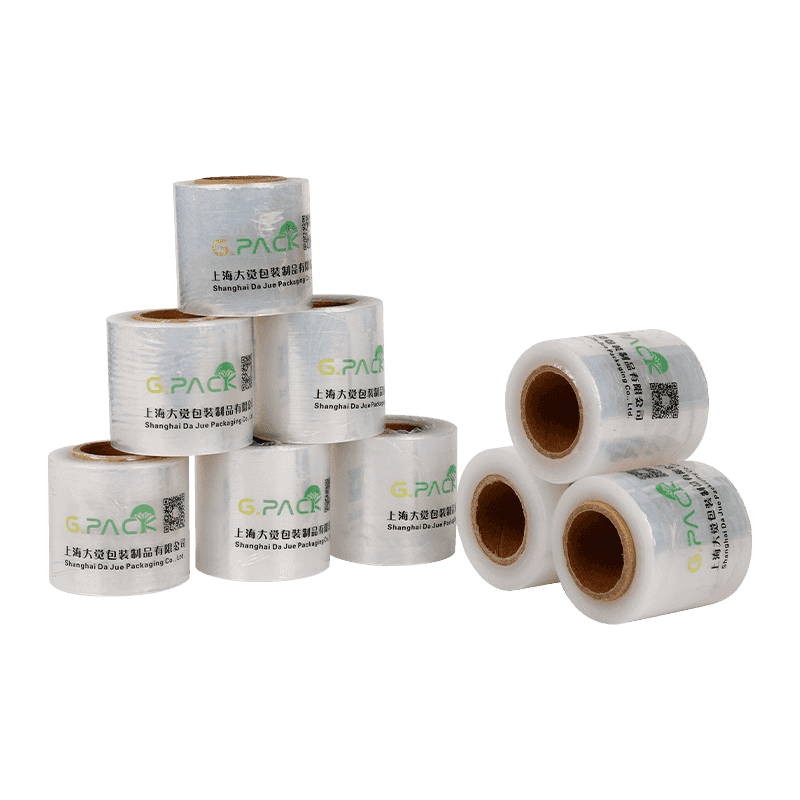Is Biodegradable Grafting Film suitable for use with a wide range of plant species, including both woody and herbaceous plants?
In the ever-evolving landscape of sustainable agriculture and horticulture, the quest for eco-friendly solutions has become paramount. Among the innovations taking center stage is the Biodegradable Grafting Film, a promising alternative to traditional polyethylene film. But the burning question remains: is it truly suitable for use with a diverse array of plant species, spanning from sturdy woody plants to delicate herbaceous ones?
Understanding Biodegradable Grafting Film:
Before diving into its compatibility with various plant species, let's grasp the essence of biodegradable grafting film. Crafted with a commitment to environmental consciousness, this film is engineered to decompose naturally, minimizing ecological footprints without compromising functionality. Its design aims to provide support, protection, and optimal conditions for successful grafting endeavors.
Compatibility Across Plant Kingdom:
1. Woody Plants:
In the realm of woody plants, from fruit trees to ornamental shrubs, the biodegradable grafting film stands tall. Its robust structure offers the necessary stability and protection essential for successful grafting processes. Whether you're propagating apple trees or rejuvenating rose bushes, this film proves to be a reliable ally.
2. Herbaceous Plants:
Transitioning to the realm of delicate herbaceous plants, such as vegetables and flowering perennials, the biodegradable grafting film showcases its versatility. Despite the gentler nature of these plants, the film's breathable design fosters optimal growth conditions while providing the required support during grafting. From tomatoes to petunias, it seamlessly adapts to diverse herbaceous species.

Ensuring Compatibility:
While the biodegradable grafting film boasts versatility across plant species, it's prudent to ensure compatibility before embarking on your grafting journey. Here are a few steps to ensure seamless integration:
Consult Manufacturer Recommendations:
Before proceeding with grafting, consult the manufacturer's recommendations regarding plant compatibility. Specific guidelines tailored to different plant species can provide invaluable insights.
Conduct Trial Runs:
For novel grafting endeavors or unique plant varieties, consider conducting small-scale trial runs using the biodegradable film. This allows you to assess compatibility and address any potential challenges proactively.
Seek Expert Advice:
If you're uncertain about the suitability of the film for a particular plant species, don't hesitate to seek advice from horticultural experts or experienced grafters. Their expertise can offer invaluable guidance tailored to your specific needs.
Embracing a Greener Future:
In conclusion, the Biodegradable Grafting Film emerges as a versatile and eco-conscious solution for grafting endeavors across a broad spectrum of plant species. From robust woody plants to delicate herbaceous ones, its functionality remains unparalleled. By harnessing the power of sustainability without compromising performance, it paves the way for a greener future in the realm of agriculture and horticulture.
As you embark on your grafting endeavors, let the Biodegradable Grafting Film be your trusted companion, nurturing your plants and fostering a brighter, more sustainable tomorrow.


 English
English 中文简体
中文简体 Español
Español


















